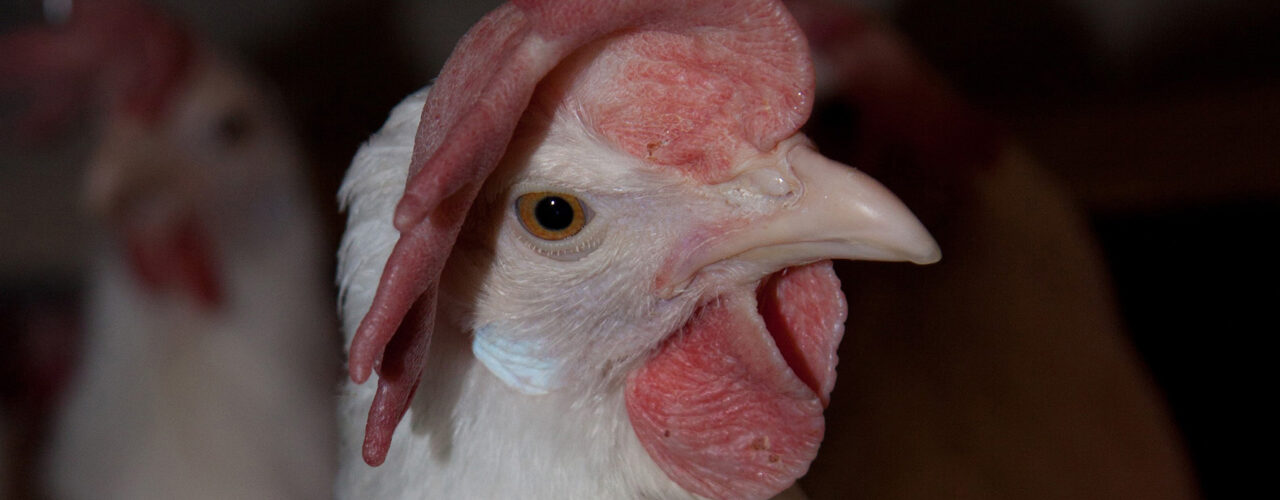
Complete and Bio-economical Exploitation of Laying Hens
For farmers, it is expensive to replace their laying hen stock. In some cases, especially for organic hens, it is possible to deliver spent hens to a slaughtering facility. However, farmers are not paid for the animals, and have to even cover transport costs. The slaughterhouses get the income from the sales of the products, but this business is not very profitable. Conventional hens are usually gassed, either indoors or in gas containers.
Spent hens are sent to Norsk Protein’s rendering plant in Hamar. This facility is the only one in Norway that can render Category 1 material (e.g., brains and spinal cords from ruminants). Dead hens are Category 2 (which also includes fallen stock, intestines, etc.) and could thus have been made into meat and bone meal, but there is no separate treatment facility for Cat. 2 material in Norway. The cost of rendering is NOK 5-6 per animal (approx. € 0.6). Each year, about 3.5 million laying hens are culled. Each hen weighs about 1.6 kg. It is a challenge not being able to better utilize such a food resource.
Mobile slaughter units that grind the carcasses of spent hens into feed for fur-bearing animals are common in Denmark and parts of Sweden. In the Norwegian county of Rogaland, there is also some production of fur animal feed using culled laying hens as an ingredient, but digestibility of the protein in the feathers is poor. The digestibility of feather protein can be increased through hydrolysis, and some oils can be extracted. Perhaps this is a better way of exploiting these resources?
Sintef Fisheries and Aquaculture has considerable experience with the hydrolysis of waste raw materials from fish and the production of oils and protein powder. In the HØNE project we are testing this technology on spent hens. NORSØK and NIBIO are contributing their expertise on the use of waste raw materials in the production of feed and fertilizers, whereas NMBU will ensure compliance with hygiene and food safety regulations. The industry partners are important participants in the project: Ytterøykylling, Eggnettverket Jådåren hønsegassing, Norilia/Nortura, Felleskjøpet Fôrutviking.
Read more: Three million egg-laying hens killed each year: Redundant egg layers can become food
